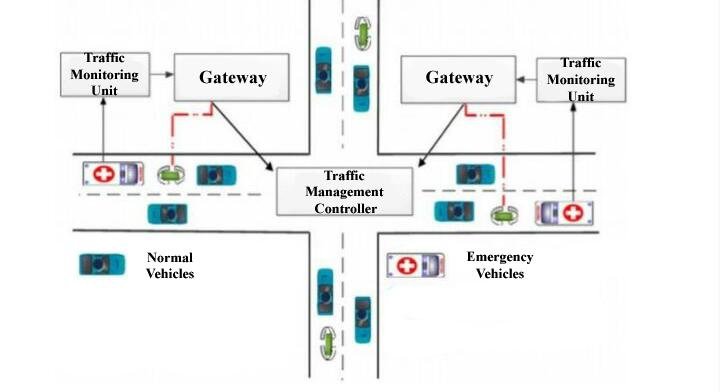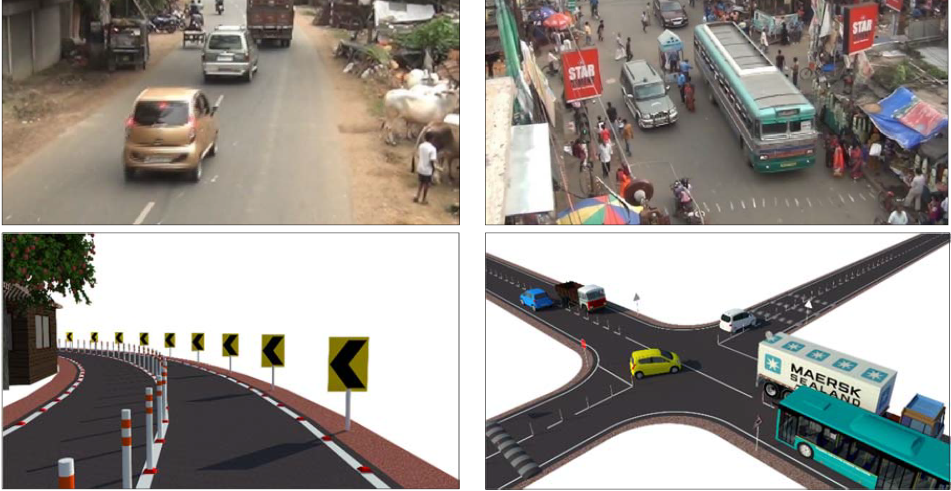
IIT Kharagpur Conducts Road Safety Training for Kolkata Police
IIT Kharagpur conducts Road Safety Training for the officers of Kolkata Traffic Police & Transport Department, initiating capacity building in road safety through four rounds of training program. The training program was inaugurated yesterday in Police Training School (PTS), Kolkata by Shri V K Goyal, Learned Commissioner of Kolkata Police, in the presence of Prof. V K Tewari, Director, IIT Kharagpur; Shri Hari Kishore Kusumakar, Additional Commissioner of Police, Kolkata, several senior officials of Kolkata Police and experts from IIT Kharagpur. Around 200 officers of Kolkata Police are being trained by the team of faculty members from IIT Kharagpur that…


